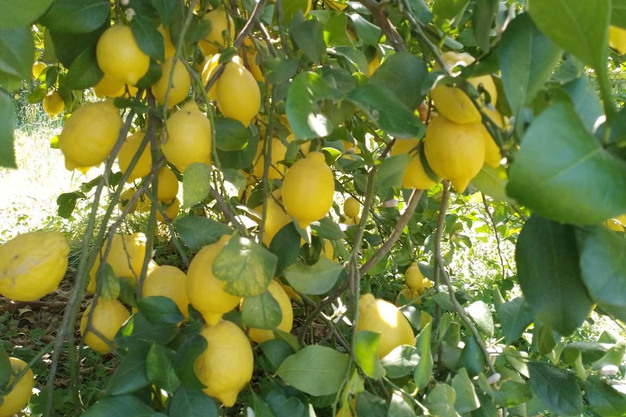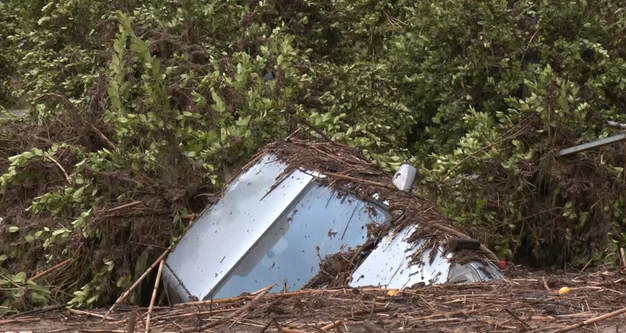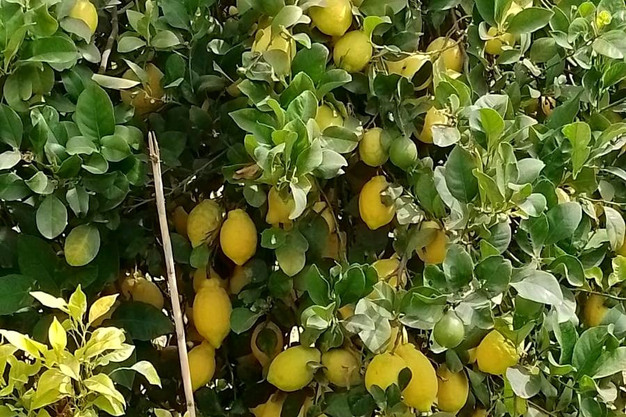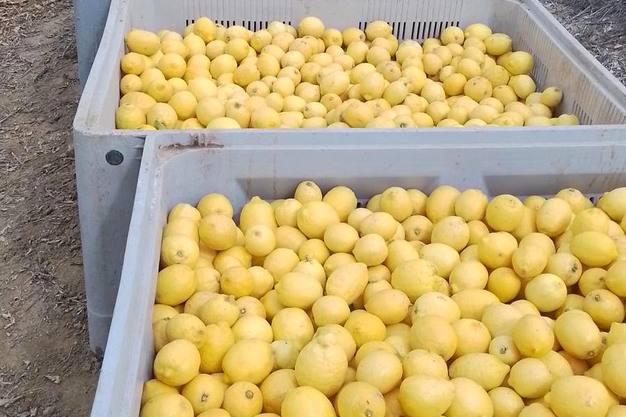The flooding of the Guadalhorce River has most severely affected the municipalities of Álora (which recorded almost 176 litres per square meter in just a few hours), Pizarra, Cártama and Alhaurín de la Torre, flooding houses and farms, many of them with lemon trees which were currently being harvested.

"The lemon season had already started in the whole of the Guadalhorce Valley with the earliest batches, and at this time we should have been starting to harvest larger volumes; however, now we will have to wait for the water to recede before we can enter the farms," says Guillermo Aranda, from SAT Cítricos Málaga. "We needed the rain; water is essential and, in fact, everything that has fallen will help the fruit grow to a larger size and lead to an increase in the total production volume; but these rains have been so heavy, that they have damaged many of the farms along the river banks."
"In the farms affected, we will have to start with the cleaning work and apply fungicide treatments to try preventing as much production loss as possible."

Source: Junta de Andalucía.
So far, Spanish lemon prices at source have exceeded 50 cents per kilo on average, after months of disappointing prices. "In this area, prices at source have even reached 60 cents," says Guillermo. "After the rains, prices could change due to the increase in the harvest volumes, but this season we have to keep in mind that the Spanish production is going to fall, and based on what we are seeing, the drop will be greater than anticipated."
"Ailimpo's production prospects, which were published at the end of August, take into account the number of fruits on the trees, which serves to extrapolate a production volume. But up to that moment, the fruit had not grown to the size it was expected to have."

"From mid-September, when we started harvesting lemons, up until the end of October, we have been harvesting the largest lemons that were available in the field, and we have even had to accept fruit that would otherwise not have been picked. Those pieces, which were up to 20% smaller than expected, have been harvested before they could grow larger, so we estimate that, compared to last year, the total volume could be as much as 40% lower."
"Now the rain might help improve the sizes, but it won't make up for all the fruit that has been lost after the storm in this area, which has been comparable to or even greater than the flood of 1989. For this reason, we believe that, given the situation, prices shouldn't fall, especially not to last year's miserly levels, since the demand is there."

"We are certainly dealing with competition from Turkish lemons, which are usually supplied to Eastern European markets. But while they can only say that they have the cheapest lemon, we can say that we have the best quality, and with a guarantee of food safety that other areas can't offer."
For more information:
SAT Cítricos Málaga
Carretera Málaga-Álora, km 19,6
29580 Estación Cártama, Málaga, Spain
Tel.: +34 952 424 157
[email protected]










